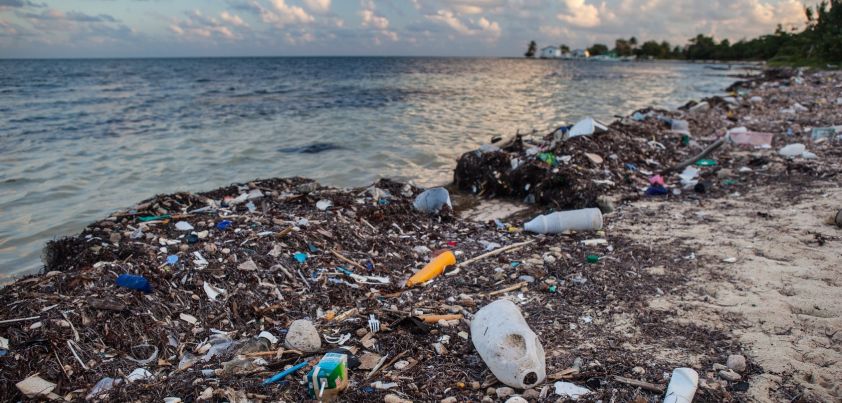 The seaside town in this story by Gabriel Garcia Marquez is a smelly, unpleasant place. With every incoming tide, the ocean brings garbage and rotting fish. Many people have moved away; the town is dying. Things change when a local man, Tobias, notices something different about the sea breeze. It smells like roses. Weekend visitors begin to arrive. There is music and dancing again. One of the visitors is a strange foreigner with bags of money. He gives it away to people who ‘do things’ for him, and one day shows Tobias the secret of what lies beneath the waves.
The seaside town in this story by Gabriel Garcia Marquez is a smelly, unpleasant place. With every incoming tide, the ocean brings garbage and rotting fish. Many people have moved away; the town is dying. Things change when a local man, Tobias, notices something different about the sea breeze. It smells like roses. Weekend visitors begin to arrive. There is music and dancing again. One of the visitors is a strange foreigner with bags of money. He gives it away to people who ‘do things’ for him, and one day shows Tobias the secret of what lies beneath the waves.
Original Text / PDF (6,166 words)
This is one of Marquez’s earlier works. The Sea of Lost Time was written in 1961, was six years before One Hundred Years of Solitude, the novel that made him famous. Both stories are allegories of changes in Latin American cultural identity.
Here the topic is explored through the unlikely experiences of the few remaining residents in a small, decaying, coastal town. Although the town is located in Columbia (It’s the smell that drowned man from Guacamayal had…), it is representative of towns throughout the region.
The surface of the sea is symbolic of the three troubled phases of Latin America’s recent history. The first is the period following independence from Spain in the early part of the 19th century. In most cases, self-government was achieved through armed rebellion. This set the scene for a century of political violence, revolution, oppression and large-scale corruption. Toward the end of January the sea was growing harsh, it was beginning to dump its heavy garbage on the town, and a few weeks later everything was contaminated with its unbearable mood. From that time on the world wasn’t worth living in…
The arrival of Mr Herbert introduces the second phase; the period of increasing American (‘gringo’) influence following the 1898 Spanish-American War. This was dominated by corporate America’s economic exploitation of the region’s agricultural and mineral resources, supported by an unstable and still corrupt ruling class. …the year Mr. Herbert came the sea didn’t change, not even in February. On the contrary, it became smoother and more phosphorescent and during the first nights of March it gave off a fragrance of roses.
Mr Herbert’s long sleep may reflect the Second World War, when the American focus was elsewhere. …they kept on living in the mist of hope until Mr. Herbert rang his little bell and said the party was over. Only then did he get some rest. The third historical phase is the period of political instability arising from the Cold War. This was marked by American involvement in regime change throughout the region, attempting to replace left-wing leaders with right-wing ones. “Well, Tobías,” Mr. Herbert then said, “we’ve got to face reality. And reality says … that the smell (of roses) will never come back.”
The townspeople dispose of their dead by throwing their bodies into the sea. The depths of the sea reflect earlier “buried” periods of the region’s history. The deeper one goes, the more ancient the time. When Mr Herbert takes Tobias under the waves in search of food, they come across a reminder of the centuries of relative peace and stability under Spanish rule. They passed by a submerged village with men and women on horseback turning about a musical kiosk. It was a splendid day and there were brightly colored flowers on the terraces. “A Sunday sank at about eleven o’clock in the morning,” Mr. Herbert said. Next, Mr Herbert takes him further back to a time before the Spanish. “They (the turtles) are alive,” Mr. Herbert said, “but they’ve been asleep for millions of years.”
The turtles represent the heart of Latin American culture. The killing of one for food is a poignant reminder that key aspects of ancient cultures are often sacrificed to survive or “fit in” in the modern world. The difficulty experienced in “killing” the turtle’s heart indicates how hard this can be.